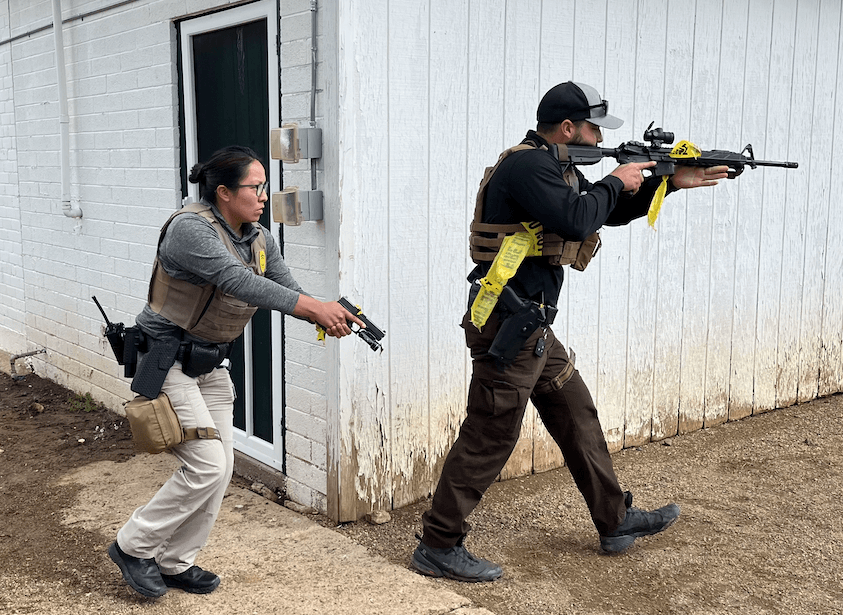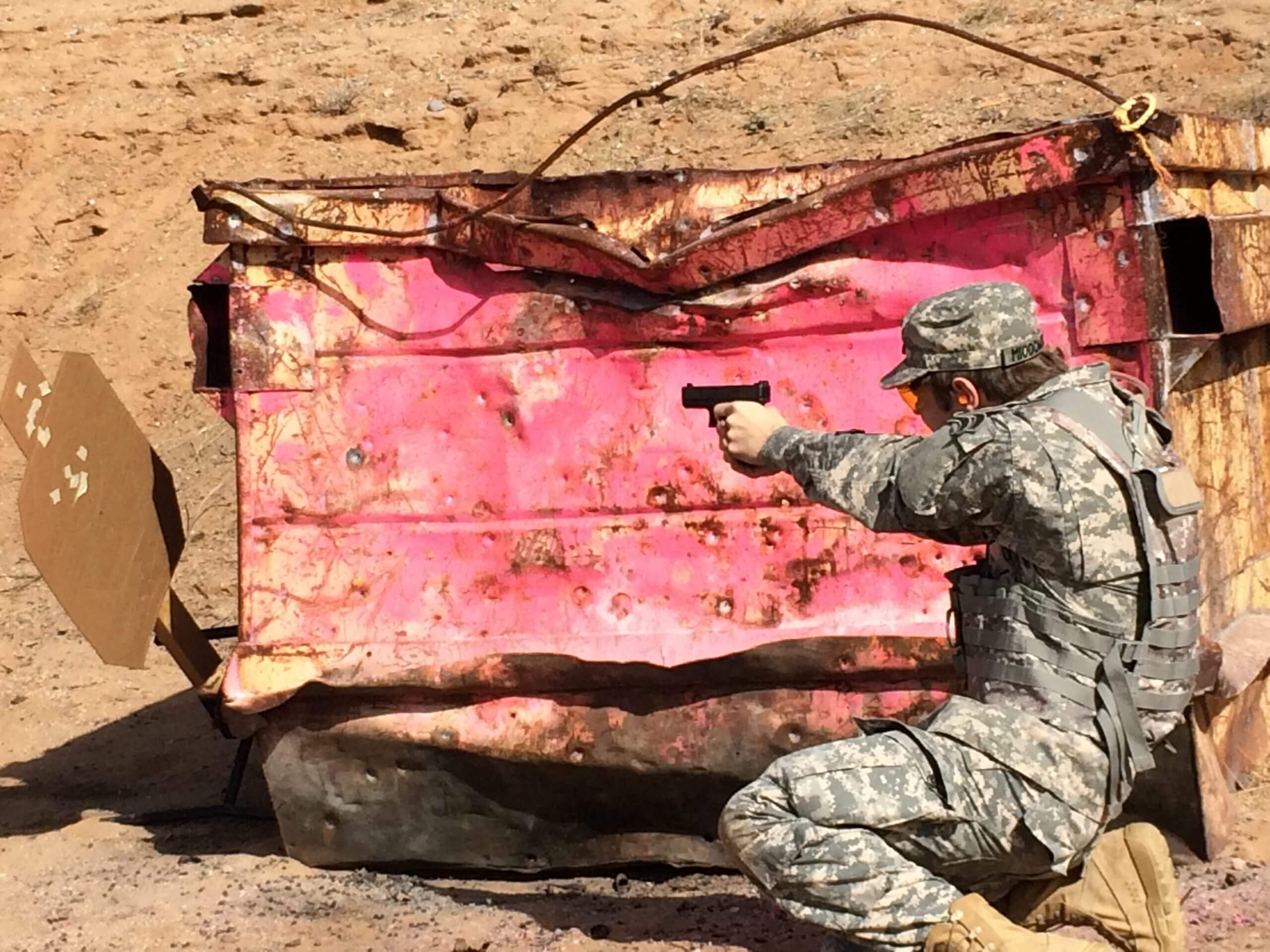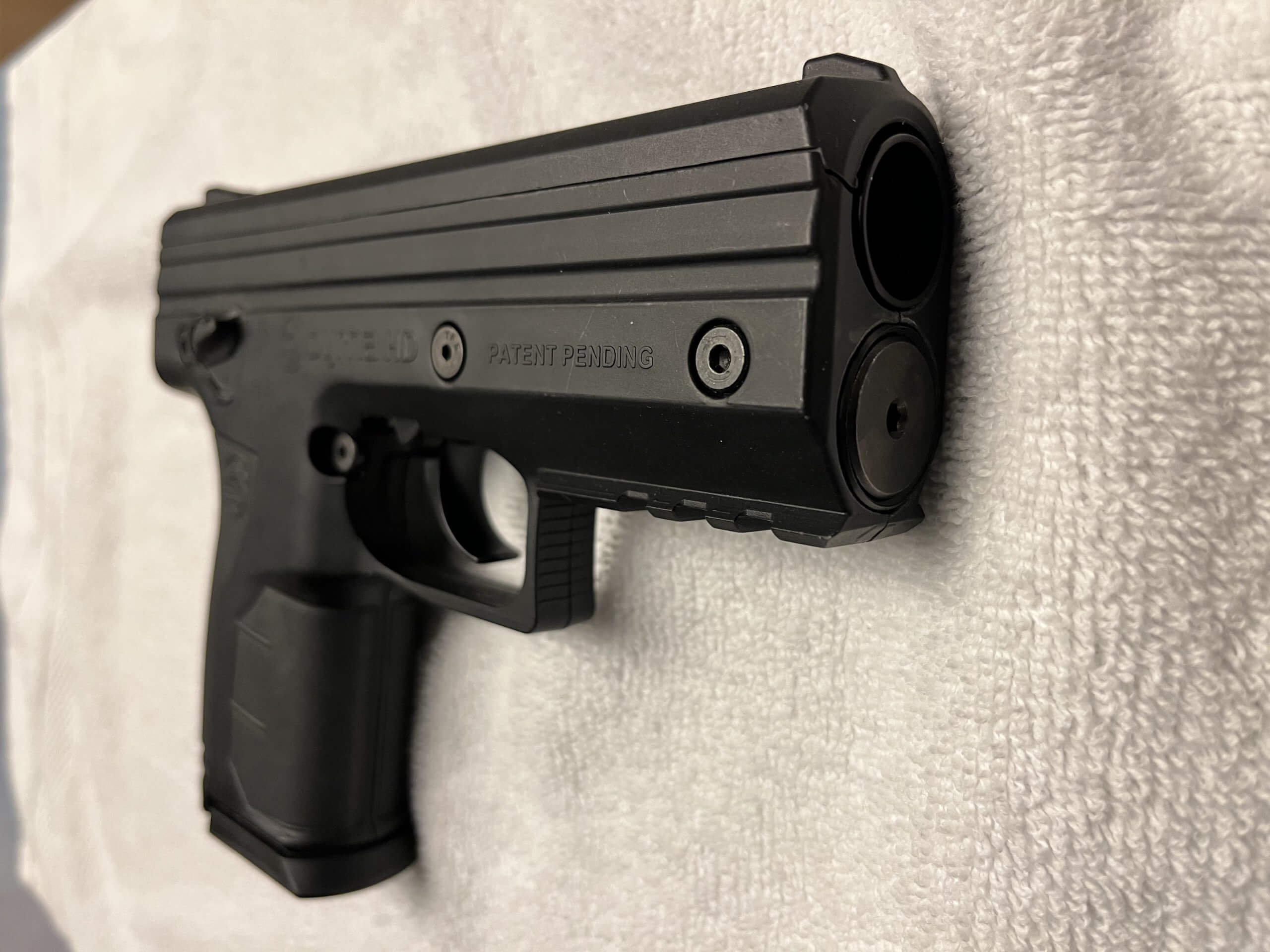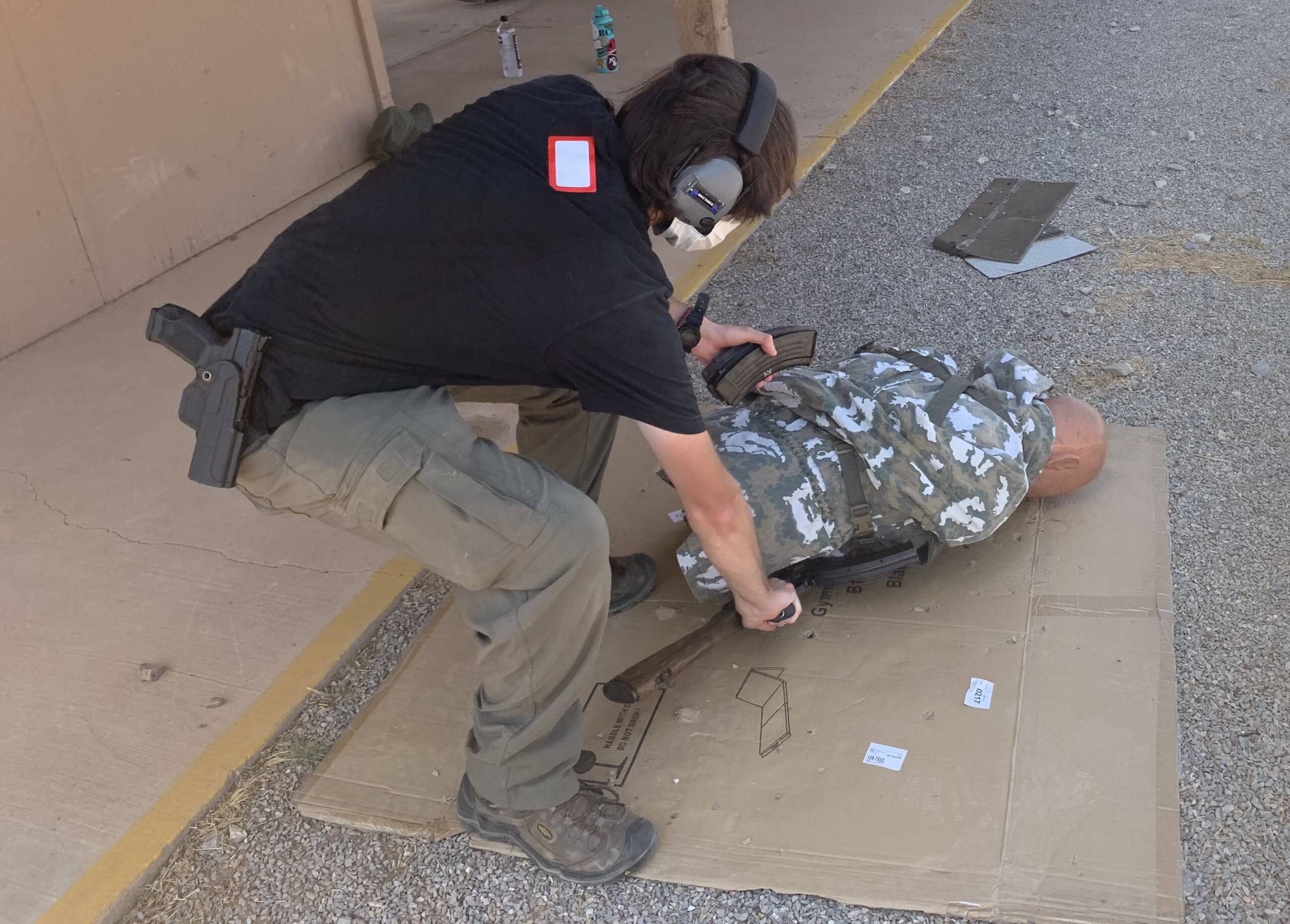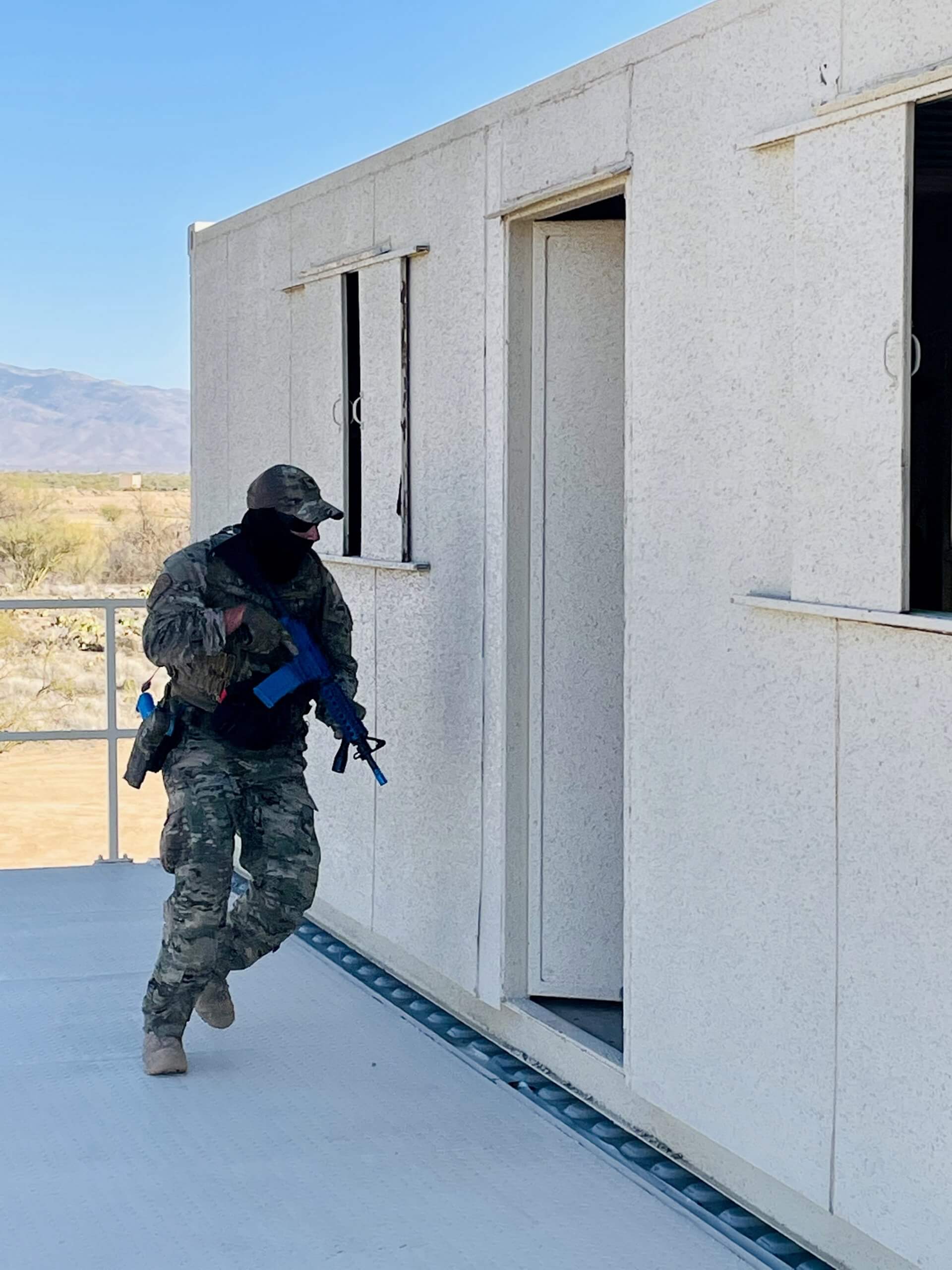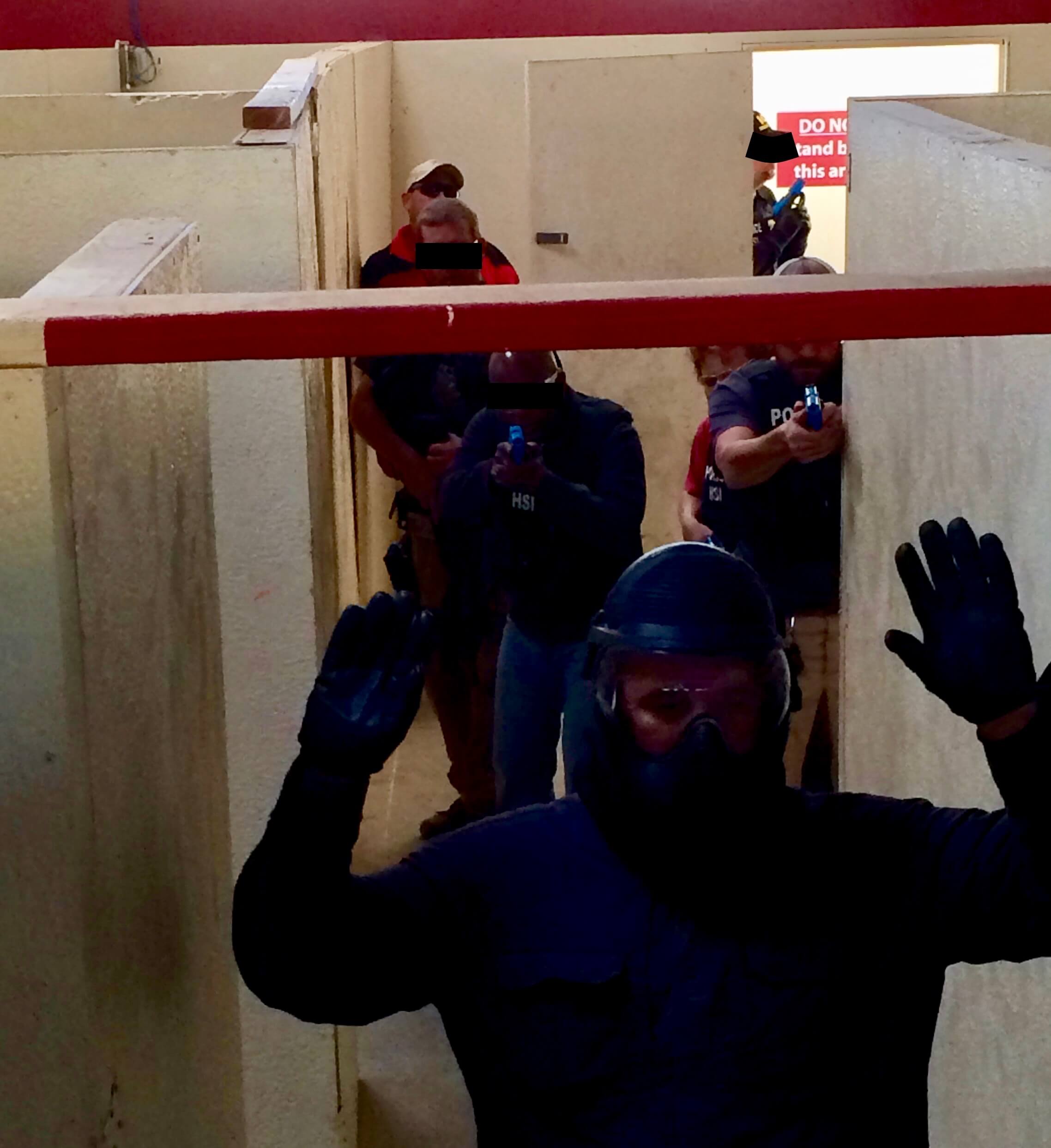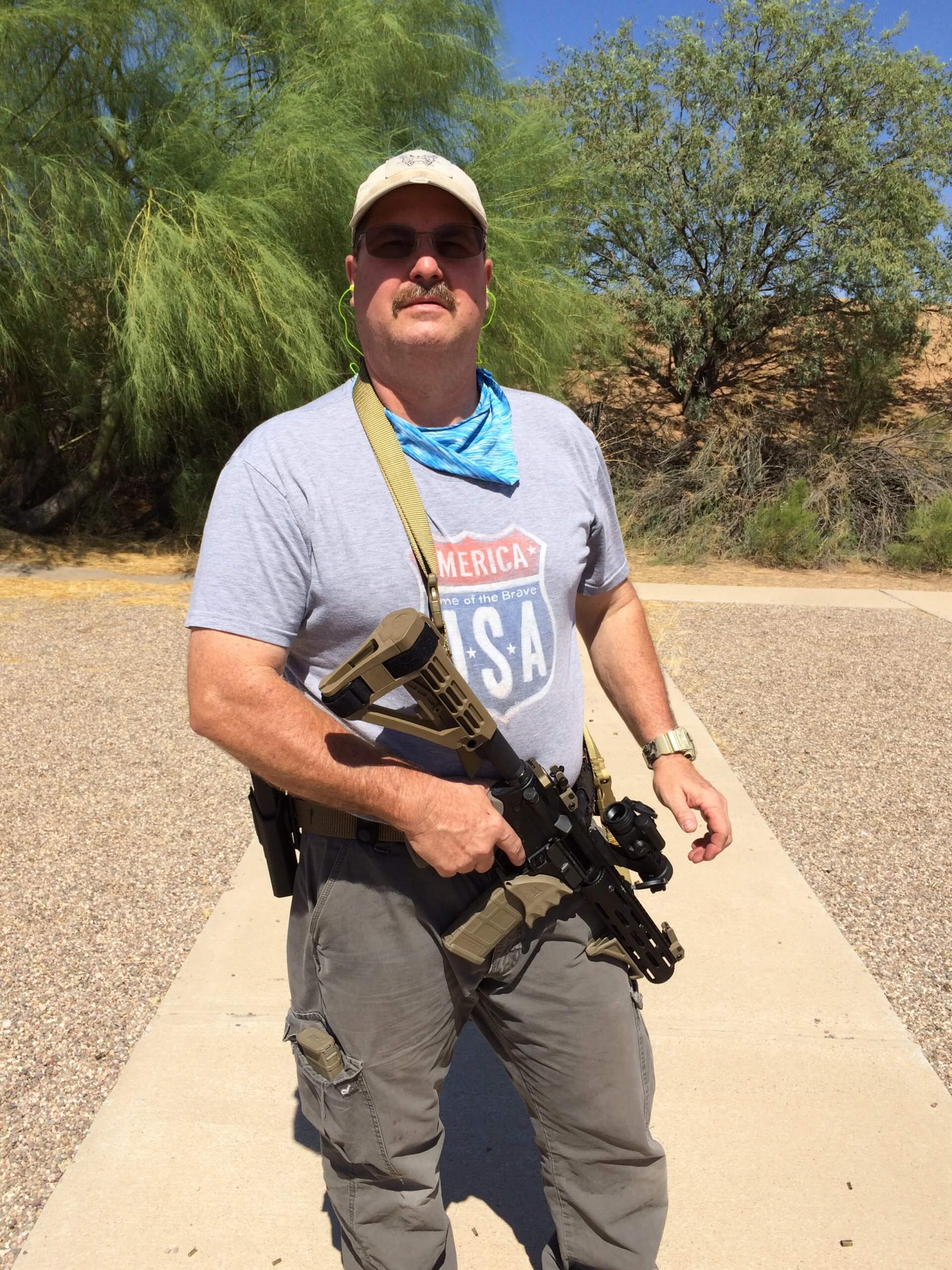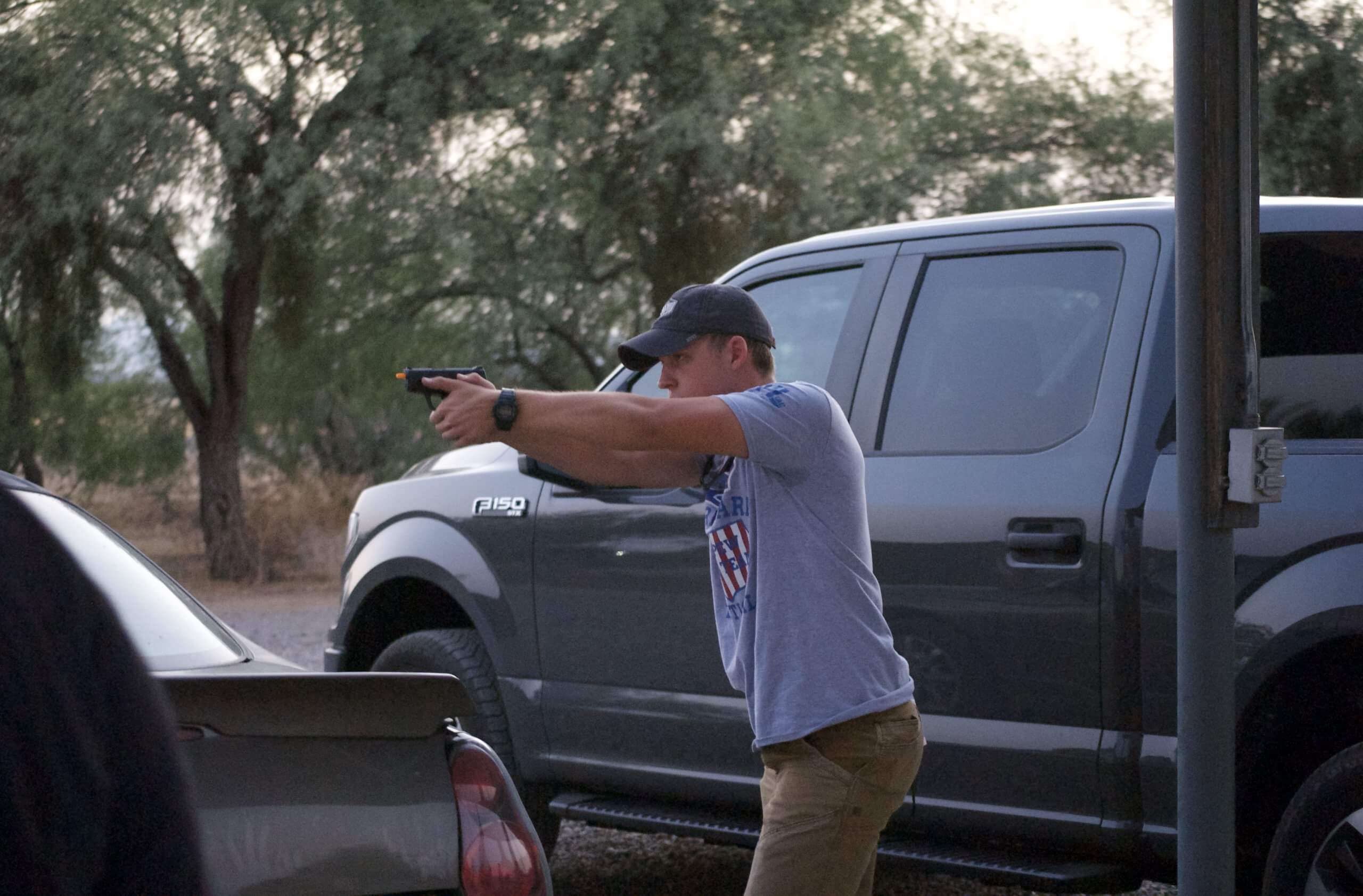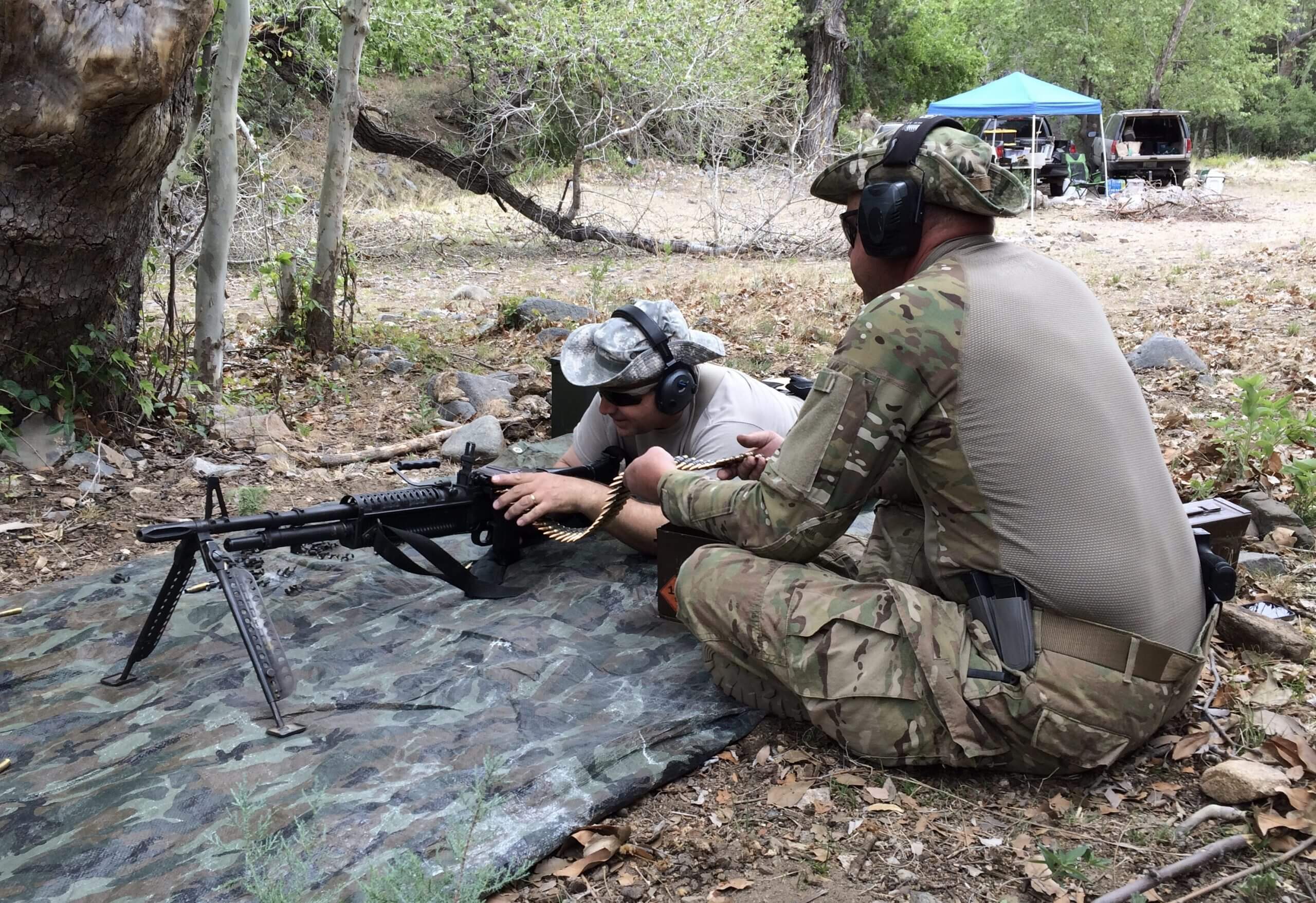Where to Shoot a Kidnapper
Part II of our series on one of the most difficult dilemmas potentially faced by armed citizens picks up where Hostage Rescue in the Home left off. In addition to protocols that go beyond head shots, we delve into the tragic, nauseating world of child abduction, and what you can do about it.
Part A of this article discusses essential traits and skills required for hostage rescue.
Part B gives you options beyond head shots, should the opportunity for a CNS strike not present itself.
Part C discusses dealing with crimes against children.


